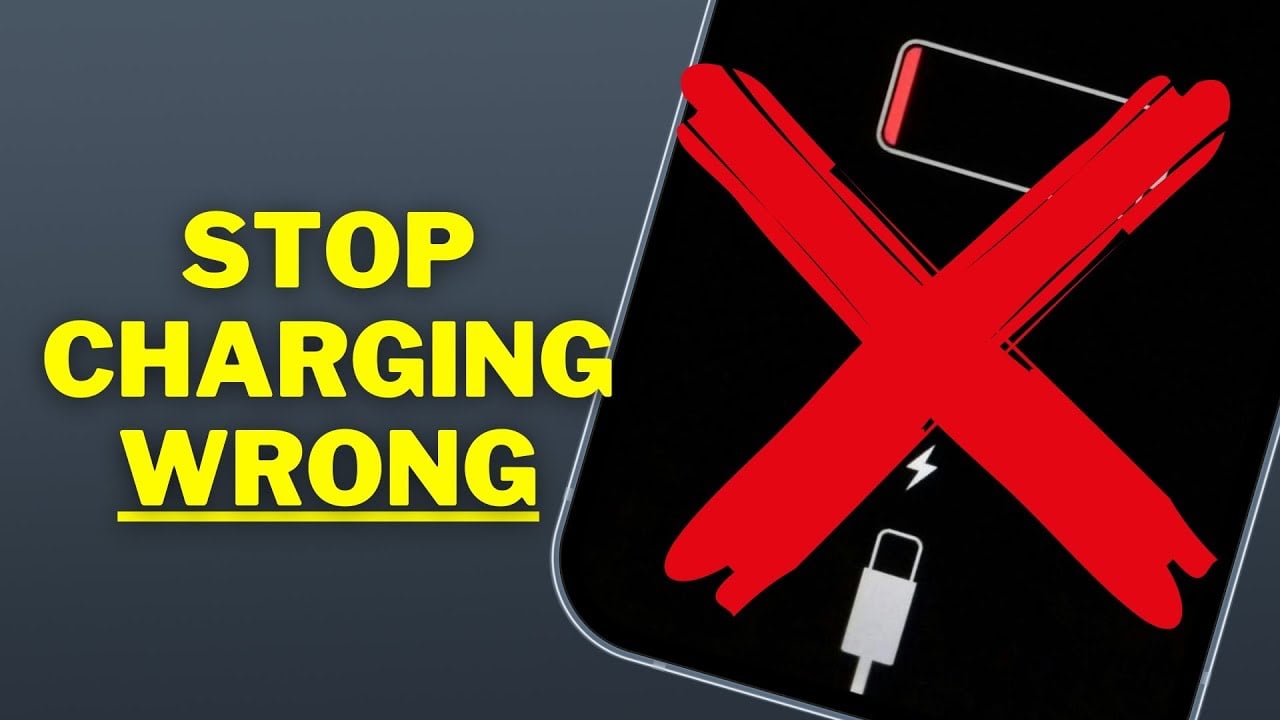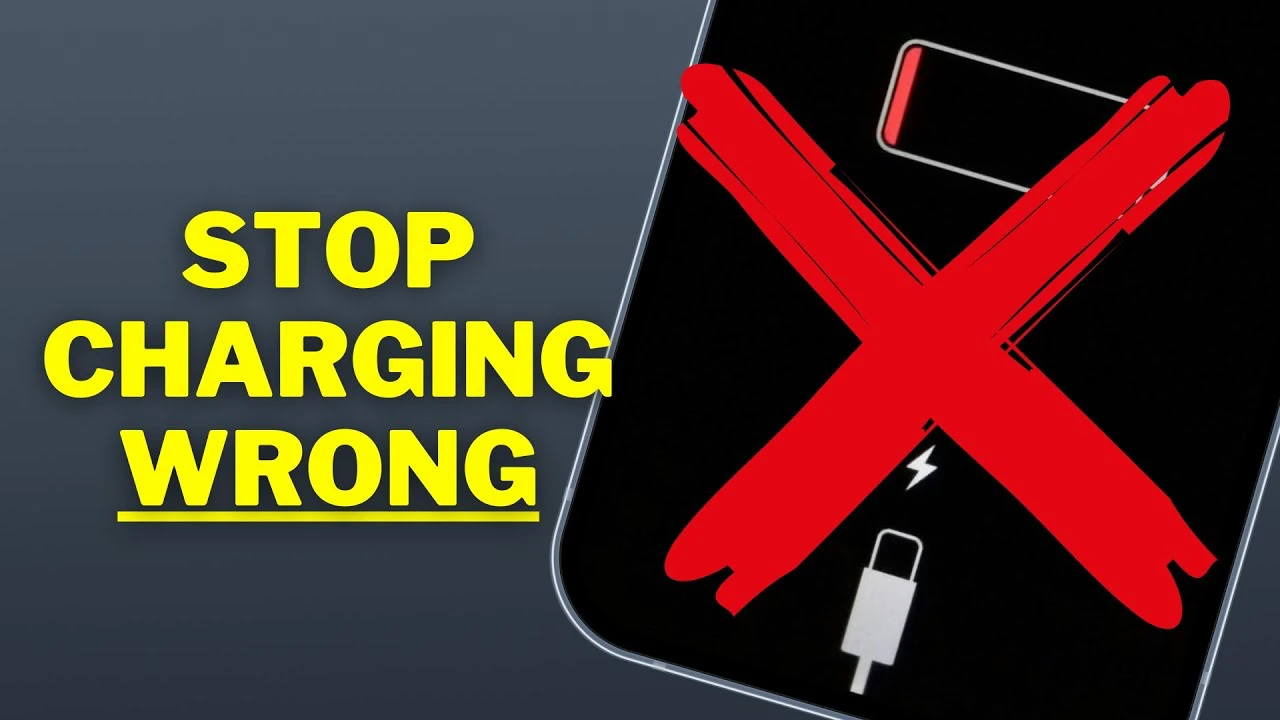
The ability to quickly analyze and interpret visual information is more important than ever. ChatGPT Vision is a cutting-edge feature that can transform the way we approach complex challenges, both online and in the physical world. By harnessing the power of this AI tool, you can significantly improve your problem-solving skills and streamline your workflow. Let’s dive into how you can make the most of ChatGPT Vision, customize it to meet your needs, and even use it to create visual aids such as diagrams and flowcharts. Additionally, for those eager to expand their knowledge, we’ll touch on a specialized course designed to enhance your expertise in ChatGPT.
OpenAI’s Vision is a standout multimodal AI that allows you to upload images for detailed analysis, providing you with in-depth feedback. This can be incredibly useful when you’re dealing with a problem that’s difficult to describe in words. For instance, if you have a technical diagram or a photo of a malfunctioning piece of equipment, Vision can examine the visual information and offer a thorough assessment.
One of the areas where OpenAI’s Vision excels is in diagnosing issues. Whether you’re trying to figure out what’s wrong with a gadget or pinpoint problems on a website, an image can often convey what words cannot. Vision will analyze the picture and provide you with suggestions for solutions or steps to address the issue.
ChatGPT Vision AI user guide
To start using ChatGPT Vision, you simply need to access the ChatGPT interface and look for the image analysis option. Once you upload your image, ChatGPT will begin processing it and share its insights. The system may ask you questions to refine its understanding, which helps ensure that the analysis is accurate and beneficial to you.
Here are some other articles you may find of interest on the subject of ChatGPT Vision :
Moreover, OpenAI’s Vision AI is not a one-size-fits-all tool; you can tailor it to your specific needs. By crafting custom prompts, you can guide ChatGPT to focus on particular aspects of an image or problem, resulting in targeted and practical advice.
But ChatGPT Vision isn’t just about analysis—it’s also a powerful ally in visualizing ideas. When paired with compatible applications, it can help you turn rough sketches or notes into polished, professional-looking diagrams and flowcharts. This is particularly useful when you need to clearly outline complex processes or systems.
Understanding ChatGPT Vision and Its Impact on Visual Analysis
ChatGPT Vision is a multifaceted tool that can greatly enhance your analytical and problem-solving abilities. By learning how to activate it, customizing its output to your needs, and taking advantage of its ability to create visuals, you can unlock a new level of image analysis and feedback. And if you’re interested in broadening your skills, the ChatGPT Mastery course is an excellent next step. By exploring the full range of ChatGPT Vision’s capabilities, you can refine your approach to challenges and achieve more efficient and effective results.
The ability to swiftly process and understand visual data is more important than ever. With the advent of ChatGPT Vision, users have at their disposal a sophisticated tool that can revolutionize the way we tackle intricate problems. This feature is not just about recognizing what’s in an image; it’s about comprehending the context and extracting actionable insights. For professionals and hobbyists alike, this means a significant enhancement in how they address visual challenges, whether it’s in digital spaces or the tangible world.
OpenAI Vision stands out by allowing users to upload images for detailed analysis, offering nuanced feedback that goes beyond surface-level interpretation. This is particularly beneficial when faced with issues that are complex or hard to articulate verbally. For example, a detailed image of a circuit board could reveal subtleties that might be missed in a textual description, and ChatGPT Vision can dissect these nuances to provide a comprehensive evaluation.
To begin utilizing ChatGPT Vision, one must navigate to the ChatGPT interface and select the image analysis feature. Upon uploading an image, ChatGPT processes the visual data and conveys its findings. The system’s interactive nature may prompt users with questions to refine its analysis, ensuring that the feedback is accurate and beneficial for the user’s specific context.
Customizing ChatGPT Vision for Personalized Solutions
Vision’s ability to diagnose issues is one of its most impressive attributes. It’s adept at identifying problems that might be difficult to detect through text alone. By analyzing an image, ChatGPT Vision can offer suggestions and actionable steps to rectify the issue, whether it’s a technical glitch in a device or a flaw in a website’s design. This visual analysis can often communicate what words cannot, providing a clearer understanding of the problem at hand.
The versatility of Vision means that it can be tailored to specific user needs. By creating custom prompts, users can direct ChatGPT to concentrate on certain elements within an image, leading to targeted and practical advice that addresses the user’s unique challenges. This customization is key to making the most out of the tool’s capabilities.
Beyond problem analysis, ChatGPT Vision is also a valuable resource for visualizing ideas. When integrated with compatible software, it can assist in transforming basic sketches or notes into polished, professional-looking diagrams and flowcharts. This feature is especially helpful for those who need to articulate complex concepts or workflows in a visual format, making it easier for others to understand and follow. ChatGPT Vision is a multifaceted instrument that can significantly boost one’s analytical and problem-solving abilities.
Filed Under: Guides, Top News
Latest timeswonderful Deals
Disclosure: Some of our articles include affiliate links. If you buy something through one of these links, timeswonderful may earn an affiliate commission. Learn about our Disclosure Policy.




